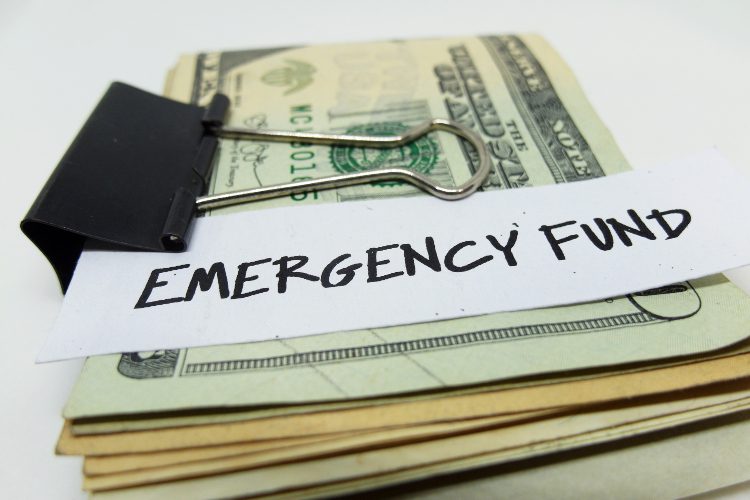
When financial experts talk about personal budgeting, they always mention saving for an emergency fund. What is it and why is it so important in adult life? Let’s take a closer look at the main rules of emergency savings.
What Is An Emergency Fund?

An emergency fund is a certain amount of money saved for emergencies. Those situations are usually unexpected and costly enough to throw off a whole family budget, sometimes even driving an individual into debt. These expenses are not included in a daily budget, hence the name. So, an emergency budget works like a financial pillow for people with regulated monthly funds. Naturally, a lot of Americans are scared of unexpected situations – 37% of American families are unable to cover more than $400 in emergency expenses, per the Federal Reserve data. To be prepared for any unplanned financial situations, let’s unpack the usual cases of emergencies and start funding the savings account!
Most of the time, financial odds calling for an emergency fund vary. Yet, those situations usually include automotive issues, medical conditions and accidents, unemployment or job searching, home repairs, and other family emergencies. Sadly enough, big automobile repairs can cost thousands of dollars. Any car owner should have enough money for a couple of new tires, a new battery, or a thorough check-up. The same goes out for medical expenses, funerals, and losing a job. You never know when these could happen, and average family funds don’t have enough for last-minute travels, hospital bills, or a few months without income.
All of these situations require a stuffed emergency fund. How much should one put aside for a qualifying savings budget?
Saving for a Proper Emergency Fund

A good emergency fund requires an individual or a family to have three to six months of salary or living expenses. Moreover, if you want to start saving for one, you could schedule a 10% deposit of every paycheck to the savings accounts. While these two rules are usually recommended by a lot of financial experts, this goal might be hard to achieve for an average family. In case that’s the situation an individual is experiencing, they could focus on saving up to $1,000 for starters – that’s enough to cover most emergencies. Of course, it doesn’t mean that’s a finishing line, as topping up the savings account is a great habit at any time. In addition, transfer some money from any additional income. For example, any annual bonus or tax refund could boost a serious emergency fund.
Seems like you don’t have anything to save? Maybe it’s time to check your budget for any money-wasting pitfalls. Then, look into money-saving apps! They include apps that round up users’ change. It rounds up every purchase from the checking account, putting it in the savings account afterward. When it comes to choosing a savings account, find a liquid account for the emergency fund: it should be accessible. Yet, it should pay interest because it will take some time before you save up enough.
An emergency fund takes a lot of weight off one’s shoulders. Your financial situation will become much easier to handle when you’re protected from any money-based emergency!
